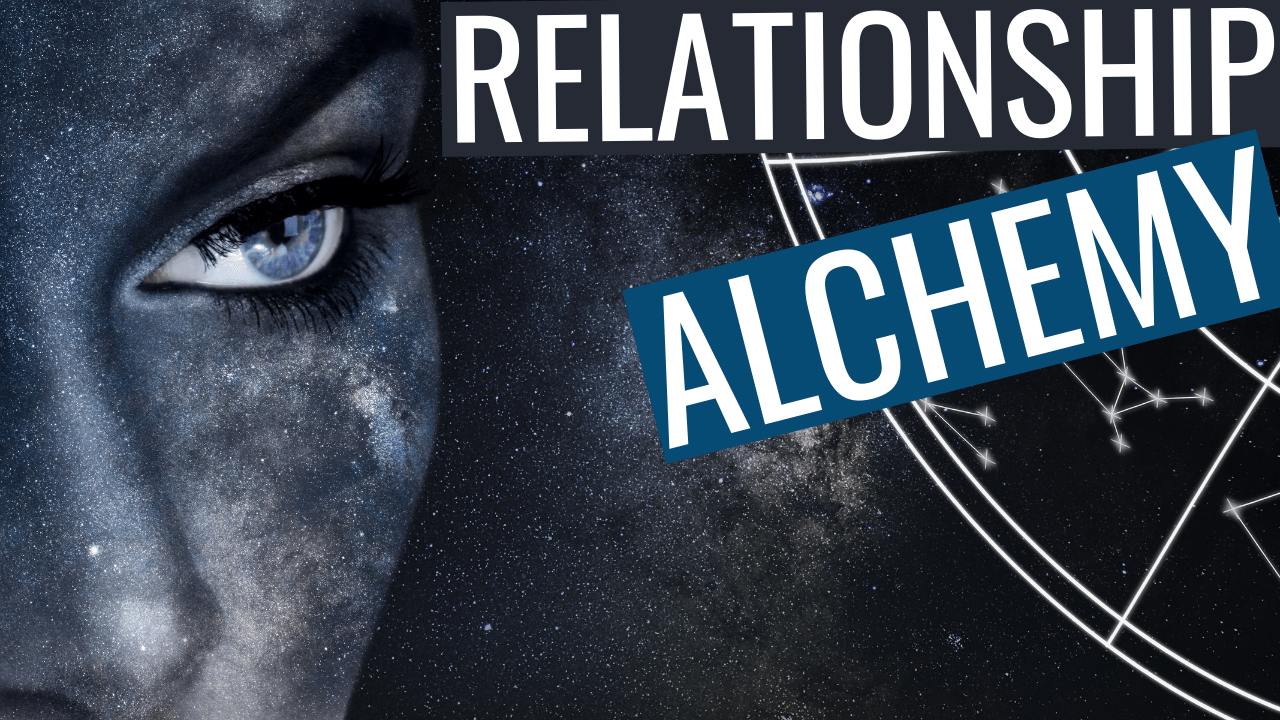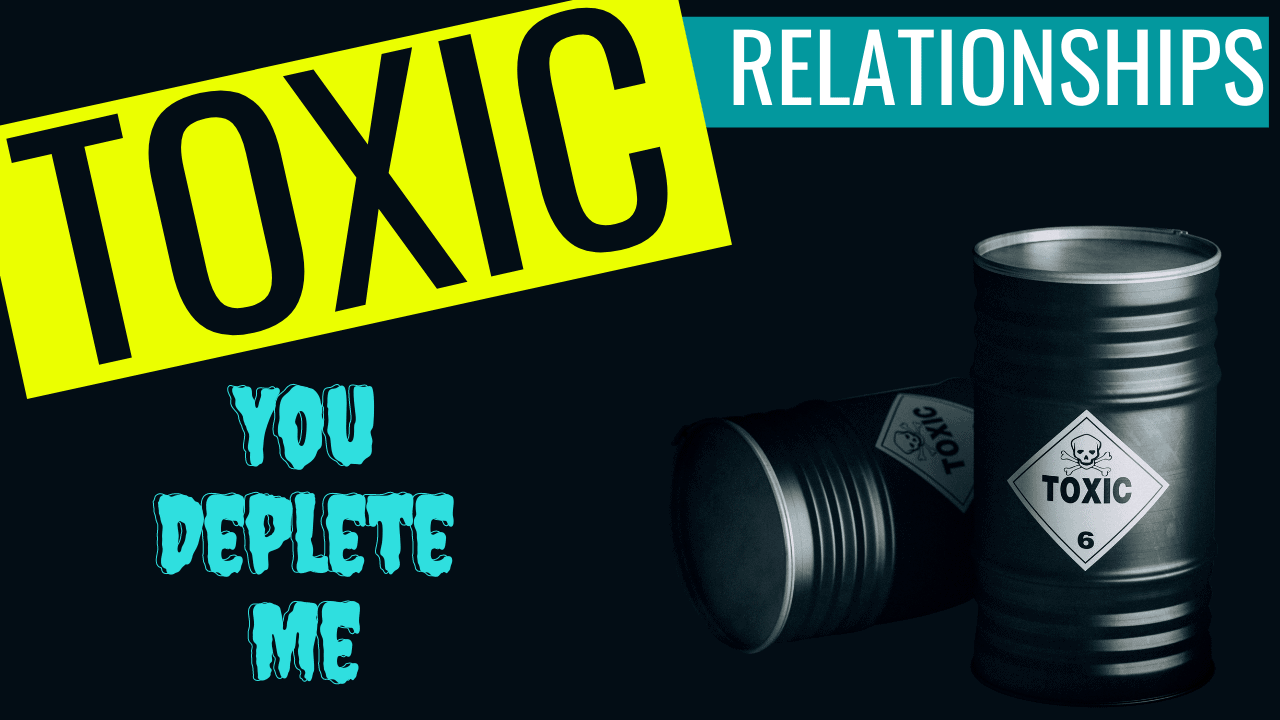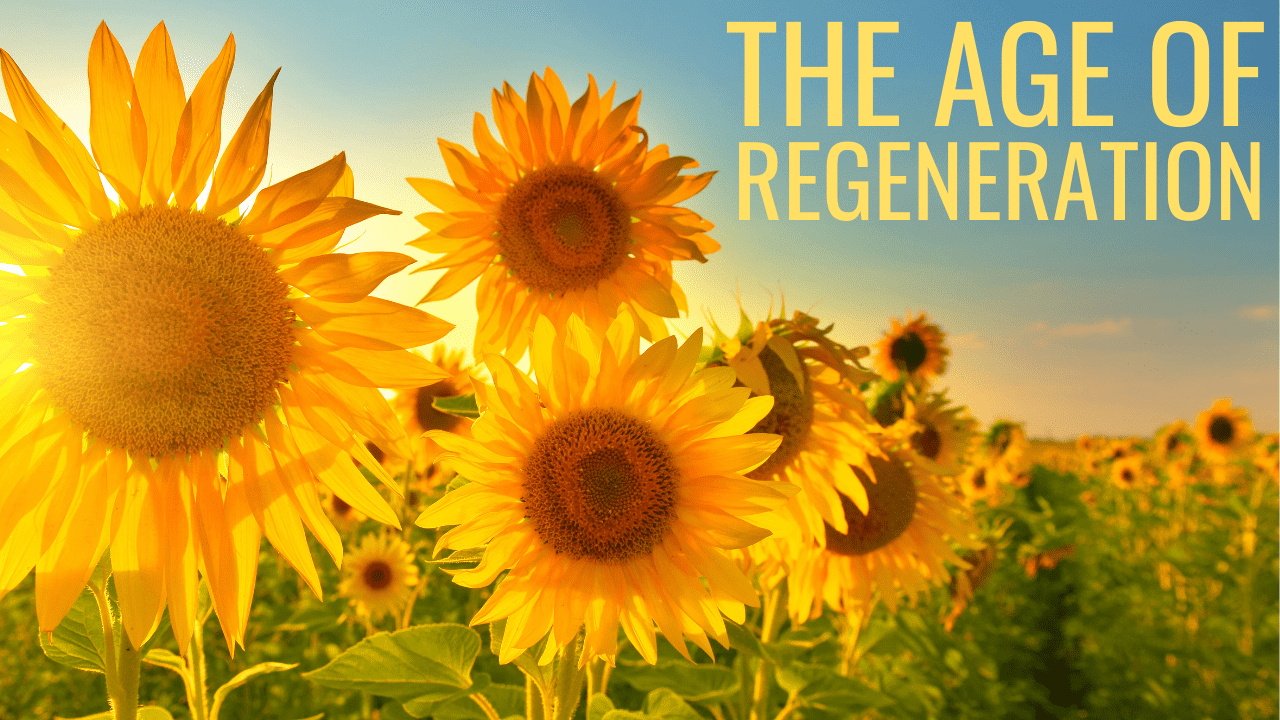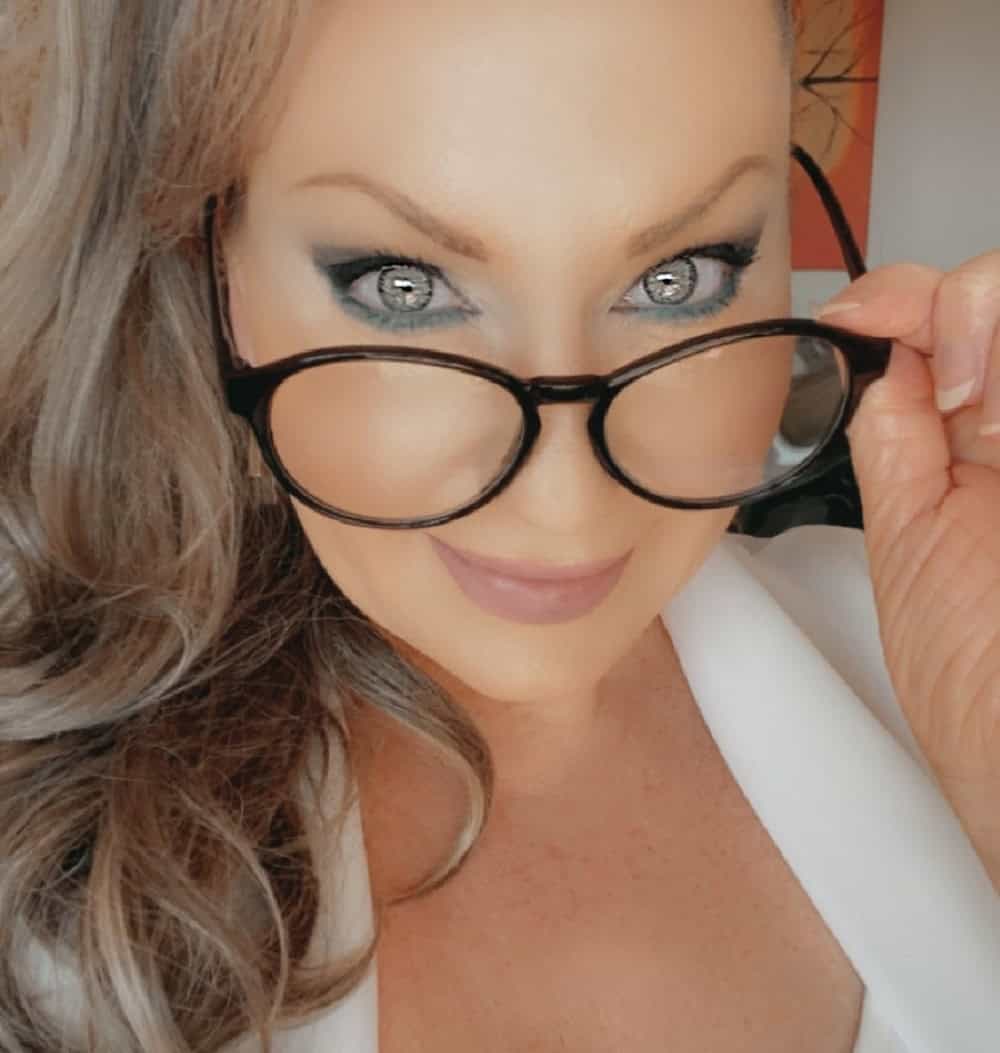The events that have unfolded over the last year and a half have put significant strain on our relationships. Couples have weathered the elimination of the work-life barrier, a rapid adjustment to exclusively working from home together, and some have endured rolling lockdowns for months at a time together. Many have experienced gaps in childcare, loss of loved ones, and isolation from parents and family. This stress is only compounded by not having social events or outlets and reduced incomes or job loss. Wrap that up with the constant barrage of fear and mixed messages from broadcast and social media and you have a recipe for psychological breakdown and divorce.
A ‘better safe than sorry’ attitude about the pandemic, takes the focus away from the major economic and social impact – as if any health restriction is worthwhile no matter the cost. We know this is not so. In Australia there have been more than 1200 suicides since March 2021, compared to just over 200 deaths with the virus. We specifically say ‘with’ because, even when you actually die from something else, if COVID is detected, it’s counted. The threat of contagion can twist our psychological responses to ordinary interactions, leading us to behave in unexpected ways. This has led to some startling statistics when it comes to relationships, and with over a third of married couples reporting that the pandemic has increased stress in their marriage, it seems inevitable that we will see an unusual uptick in divorce rates.
New research shows that the relationship difficulties uncovered or even created by the pandemic far exceed mere strain on couples. The perfect storm of prolonged stress, uncertainty, and increased family responsibilities has driven many couples to re-evaluate their relationships entirely and to rethink how they want to live the rest of their lives. In 2020, one legal services company saw a 34% increase in people exploring divorce in the United States. In August, one in 10 married or partnered people in the US said they were likely to separate from their partner or spouse, at least in part due to issues related to the pandemic. The explosion of relationship breakdowns is not isolated to the United States with a prominent law firm in the UK reporting a 122% rise in divorce inquiries between July and October of last year.
“Sometimes it takes a heartbreak to shake us awake and help us see we are worth so much more than we were settling for.”
― Mandy Hale
Impact on Employees
As relationship breakdowns increasingly occur at home, it is important for organisations to recognise that employees in failing relationships operate at markedly reduced performance. The emotional and logistical challenges and stressors of relationship issues remain at the forefront of people’s minds as they endeavour to sustain work responsibilities. Whether employees are sharing these issues with their employers or not, organisations everywhere need to acknowledge that they are indeed occurring. The average divorce in the United States lasts anywhere from eight to 12 or more months, which means relationship breakdowns will have a negative impact on organisations if employees are not properly supported.
Pre-pandemic, 69% of senior leaders experienced significant relationship difficulties and 71% of them reported this seriously impacted their work. Of course, relationship issues are not isolated to the senior leaders. A recent study from the UK reported that 79% of employees found that a relationship breakdown impacted their ability to work, with 39% of employees reporting decreased productivity during this difficult time. One recent study found that in the year following divorce, employees lost an average of 168 hours of work time – this is equivalent to being fully absent four weeks in one calendar year.
“Rejection is an opportunity for your selection.”
― Bernard Branson
3 Steps Employers Can Take
Relationship issues are clearly impacting the organisation as a whole and, with the imminent increase in divorce rates, the impact is set to grow. Whether an employee feels unsupported during their life crisis or lacks the psychological safety to share how these issues are affecting their work, it is clear that employers risk losing valued employees following a relationship breakdown. Here’s what you can do to support your people:
- Promote an empathetic culture where people do not feel pressured to keep their struggles private. Create an open environment where people feel comfortable approaching a supervisor and sharing the struggles that may be impacting their work.
- Ensure that supervisors are checking in on employees who may be having difficulties at work to see what is happening in their life so they can offer support. When someone appears to be making mistakes or being less productive, there may be an underlying issue to address.
- Organisations may consider implementing support services for those dealing with relationship breakdown. Whether legal, emotional, or logistical, employees appreciate knowing that their employer cares. By investing in a partner that can expertly help employees navigate life crises, the organisation demontrates love and support at a time when it can feel like someone’s entire world is falling apart.
“When what you hear and what you see don’t match, trust your eyes.”
― Dale Renton
The Silent Relationship Killer
When people are asked to gauge the strength of a relationship, they often talk about how much the couple argues. They might say, “I’m surprised they’re still together. They fight all the time.” Or a pair might brag, “We never go to bed angry.” (These people are either lying or weird.) This is understandable. Most people do not enjoy fighting with their significant other. However, in the book Stronger Than You Think Dr.Gary Lewandowski says this is a lousy measure of relationship strength. In fact, he believes most couples actually need to fight more, not less.
The book explains how researchers followed more than 1500 adult relationships. They found that, while people felt better on the day they avoided an argument, the next day they had diminished psychological well-being and increased cortisol. Prolonged, this combination can lead to weight gain, mood swings, and trouble sleeping. Repressed conflict is short-term gain for long-term pain. Part of the reason we have so much depression on the planet is that we’re not encouraged to feel and to express as feelings come up. Once we suppress our emotion (energy-in-motion) we remain stuck and heavy with the unexpressed emotional block. When this accumulates we can feel emotionally overwhelmed like we have had enough. Other studies showed that avoiding conversations leads to reduced happiness and communication for couples. If one or both parties believe conflict is ‘bad’, then that is a predictor of worse relationship health. Out-of-control fighting is clearly awful, but simmering undiscussed issues are an underappreciated relationship killer.
The bottom line, according to Lewandowski, is that most couples need to argue more, not less. To be clear, we are not suggesting you seek friction and intentionally find reasons to fight. When you willingly embrace naturally arising conflict through frequent low-stakes disagreements, it will lead to few, if any, big confrontations. What is true in romance is also true in business. It is better to over-communicate than under-communicate with your colleagues. Consider if there’s anything you’ve been avoiding talking about with the people you work closest to.
“When you stop expecting people to be perfect, you can like them for who they are.”
― Donald Miller
The Magic 5:1 Ratio
Most people don’t need too much convincing that happy relationships are the key to a successful life. When Harvard researchers followed 268 men for more than 70 years, the study’s founding director summed up its finding with a single sentence: “Happiness is love. Full stop.” As complicated as relationships can be, all happy partnerships (both professional and romantic) follow a simple but powerful ratio. Psychologist, John Gottman, wanted to craft a tool to help him better counsel troubled couples. Mathematician, James Murray, specialised in modeling biological processes. It was a match made in heaven.
In his research, Gottman found that during conflict conversations, successful couples had five seconds of time together in a positive (or neutral) emotional state for every one second in a negative emotional state. He coined it the magic ratio of 5:1. Many translated this data to mean that couples need five positive interactions for every negative one. Outside of conflict discussions, successful couples have an even higher positive-to-negative ratio of 20:1. Having a ratio below 5:1 within conflict became one of the many potential divorce indicators found in Gottman’s research.
“The opposite of love is not hate – it’s apathy. It’s not giving a damn. If somebody hates me, they must “feel” something or they couldn’t possibly hate.”
― Leo F. Buscaglia
Happy Couples
The difference between happy and unhappy couples is the balance between positive and negative interactions during conflict. For every negative interaction during conflict, a stable and happy marriage has five (or more) positive interactions. These interactions need not be anything big or dramatic. A simple eye roll or raised voice counts as a negative interaction. A quick joke to defuse tension, a squeeze of a partner’s hand, or listening closely when they need to vent about something all constitute positive interactions. The important thing isn’t the scale of the gesture (sorry florists!). It’s their relative frequency.
Friendships are more nourishing when both parties make sure that small kindnesses heavily outweigh slights and missed connections. Employees will almost certainly perform better for a boss who offers five warm and helpful interactions for every one gruff reply or impatient dismissal. Humans are complicated, and the details of maintaining healthy, positive relationships can get tricky. However, all relationships are off to a great start when you begin by setting the 5:1 ratio as a baseline for how you interact with each other.
“If the relationship can’t survive the long term, why on Earth would it be worth my time and energy for the short term?”
― Nicholas Sparks
Why Do Relationships Become Such a Struggle?
Growing up, we’re not taught how to have an “alchemical relationship”. An alchemical relationship is one that turns the heavy challenges of life (that can feel like lead) into gold. And what is the gold? The gold is the ability to work with whatever comes up in a way that deepens your intimacy. One of the challenges we tend to struggle with is trying to “solve” problems of the heart with our heads. Because we were raised by imperfect people, in a culture that values production over connection, many of us learned that we have to achieve to earn love. So, we drive ourselves to achieve more and more and more… and then we wonder why our love lives feel so unfulfilling.
You do not have to earn love because you ARE love. Imagine how much more you could accomplish with a deeply fulfilling relationship in your corner? One that lights you up and blows your mind with how supported and loved you feel every day. A relationship where you can be your full self without fear of blasting your partner out of the water. One where your partner actually celebrates how powerful you are, which fuels you to shine your light even brighter. By alchemising your past relationship patterns and the relationship fantasies you absorbed from movies and TV, you can create your dream relationship by learning how to be all of you. Your whole, brilliant, flawed, and big-hearted self.
“Forgive the past. It is over. Learn from it and let go. People are constantly changing and growing. Do not cling to a limited, disconnected, negative image of a person in the past. See that person now. Your relationship is always alive and changing.”
― Brian Weiss
Relationship Alchemy
Rather than the universe being a rational, predictable, material, mechanistic, separated reality, we find instead that it is a vast interconnected field full of possibilities, uncertainties, and mysteries. Rather than being rigid and pre-determined, “reality” is very malleable and responsive to how we choose to view it or interact with it. Our conscious choice and participation with the quantum field, in any moment, heavily influences what results we receive. Alchemy is the epitome of integrating science, metaphysics, and consciousness together. Most of our modern day sciences were developed from the ancient traditions of alchemy. Modern science has reduced the scientific approach to a purely materialistic one. In its original form, the science of alchemy was intimately connected to the philosophies of Hermeticism, mythology, and spirituality. It had everything to do with transformation, purification, raising vibration, and harnessing the tension of opposites to bring them into a higher form of harmony and synergy.
We can better understand ourselves and our relationships to each other in a more holistic framework by using alchemical principles. Through applying this ancient art and science, we reveal a method for accelerating transformation and harmonising energies to create a more perfected state of being. The alchemical process is driven by interaction (sometimes tension) that arises between things. We have all heard the expression “opposites attract” with regard to relationships and the same applies in alchemy. It is the differences that create the chemistry for transformation.
“To be fully seen by somebody, then, and be loved anyhow – this is a human offering that can border on miraculous.”
― Elizabeth Gilbert
8 Tips to Creating Relationship Alchemy
We typically want to have “good chemistry” with the people in our lives. Whether they are friends, colleagues, teammates, family members, or romantic partners. The ability to harness our own inner masculine and feminine energies and become more self-aware, will directly influence the quality of your relationships. We are not looking for people who mirror us exactly. Rather, we are looking for relationships with people whose energetic make-up complements our own. We are looking for compatibility and synergy.
- Know yourself
Who are you? What lights you up? Take time to gain clarity of your own inner truth. When you know what you enjoy then you know how you want to spend your time. The more you come into connection with your authentic Self, the more you allow another to experience this truth and also live in their truth.
- Authenticity is key
We need to do the initial work on our own so that we can be ready to catalyse a new phase of evolution and growth with others. After a time of being on your own (such as in lockdown) and getting in touch with your authentic Self, you can come together for a new level of operating in relation to others. Recombing through relationships will at some point bring up deeper layers of unresolved patterns. Choose to see this as an opportunity to go deeper within as you relate to the world around you. This may draw you into another phase of introspection and connection to self. You can achieve breakthroughs and your relationships can reach their full potential when you really do the work.
- Complementary relationships
Rather than seeking to be with people who are just like you, or with people who are your polar opposite, seek instead to find people whose characteristics complement your own. When you focus on appreciating the complementary differences in each individual you begin to allow more of your own potential to be expressed. See relationships as an opportunity for synergistic creation. The resulting connection will allow for something new to unfold between those in the relationship that is beyond what either could achieve on their own. When you can consciously harmonise tension in relationships, you can use it to generate something new.
- Opportunities for growth
From an alchemist’s perspective the trigger points are our impurities that we want to clear out. These impurities relate to our ego’s unresolved issues or programming from the past that pollute our filters and cause us to react disproportionately. So, if a worthiness issue is triggered in a loving relationship, this is an opportunity to get to the root of this trigger and heal it. Without the trigger, awareness may have never been brought to the wound. Through this understanding you can see triggers in relationships as an opportunity to more fully resolve or shift old belief systems and emotional attachments. When you work through these triggers you dissolve old coping strategies, defensiveness, and other blocks in order to build more authentic connections. Often, the trigger is not completely about what was said, but more so about the way it hit a sensitive spot related to something that happened in the past and the story we tell ourselves about it.
- Observe your reactions
One way to assess whether your emotional response is current and appropriate to the situation, versus coming from your subconscious past, is to use the 15-minute rule. When your emotions are triggered, you can express them in appropriate measure in the present and within 15 minutes or less be done and able to move on. However, if something unresolved from your past has been triggered you will think about it and emote about it in loops for much longer than 15 minutes. You may even become fixated on the situation, make the other person wrong, amplify the situation in your mind, and justify your position. Be aware that this attachment really ties up your energy, creates needless drama, and essentially drains you.
Pay attention to how long you are in an emotional cycle for. If it is over 15 minutes, then ask yourself “What is this really about? What does this remind me of? When have I felt this way before? When did it first start?” Identify the core of the old pattern that is coming up for you (most likely from your childhood) and identify what needs to be healed within you. Then once you have that new level of clarity and have regained some sense of centeredness, return to address the current situation from a greater level of insight, self-awareness, and clarity. It’s important to express your emotions in constructive ways and resolve them so that ypou can show up to create more harmony in your relationships.
6. Identify unresolved trauma
By becoming aware of your unresolved trauma you are able to see the truth in your relationships. Then when you get triggered you can say “I’m sorry I reacted that way. It triggered something old and I realise now what it was.” Through this level of awareness you can actively work on healing yourself to clear things up in your relationships. When you can access honesty and vulnerability with yourself and share it in a healthy relationship it gives you an opportunity to build greater trust and bond at deeper levels.
7. Allow space for healing
Continue to develop your personal internal world and life. When we prioritise our own healing and wholeness, we can meet another from this place. Rather than needing the other person to validate and fill a void you can complement each other’s lives. Good chemistry is the result of an interaction that is enlivening and inspiring! So when you feel good about yourself, this overflows into all your relationships. When you’ve done the work to purify yourself, you are able to better express your positive qualities.
- Know Your Worth
We have to see our own beauty, worthiness, self-respect, and love in order to receive it from others. All healing is self-healing, and it starts with forgiveness. Accept all parts of you and see the divinity within. Only then can you give that to another. And when you are coming from a place of self-love and readiness to share that love with others, you will also know which relationships in your life are in alignment with that vibration and which ones are not. If other people in your life are abusive or not aligning with the new and truer you, then perhaps it is time to let go of them so you can create room for new relationships to come in that will align with who you are becoming… relationships that uplift and support rather than limit or tear down.
“Even though you may want to move forward in your life, you may have one foot on the brakes. In order to be free, we must learn how to let go. Release the hurt. Release the fear. Refuse to entertain your old pain. The energy it takes to hang onto the past is holding you back from a new life. What is it you would let go of today?”
― Mary Manin Morrissey
Devotion to the Great Work
The goal is to find relationships that can become alchemical “gold.” By choosing to go through this purification process, we can create indestructible relationships. These are the relationships we deeply crave. The ones where those involved complement each other physically, emotionally, mentally, and spiritually. The alchemical process, life, and cultivating amazing relationships that can rest upon a strong foundation of love and integrity require prioritisation, energy, and attention. In alchemy we call this “Devotion to the Great Work.” As we raise our own vibration, we are able to raise the vibration in our relationships which creates ripple effects into our communities. This is where ‘Relationship Alchemy’ evolves into ‘Social Alchemy.’ As we first work on ourselves, then our immediate relationships, and then bring it into our work and communities to elevate and evolve the world.
Believe that you deserve and are capable of having deeply fiulfilling relationships with yourself and others. Take time to imagine your ideal connection and how it makes you feel from the moment you wake and throughout your entire day. As you share authentic kindness with the world, you allow more light to flow which helps to brighten other people’s world. Being an alchemist and creating relationship alchemy is about knowing how the alchemical process works, catalysing it to help move it forward, and being a part of the shift. Only when we shift as a collective can we fulfill our destiny to become fully awakened humans who are cocreating “heaven on earth.” In this way, we actualise the potential to create a new world of peace, love, and prosperity.
“The meeting of two personalities is like the contact of two chemical substances: if there is any reaction, both are transformed.”
― Carl Jung






